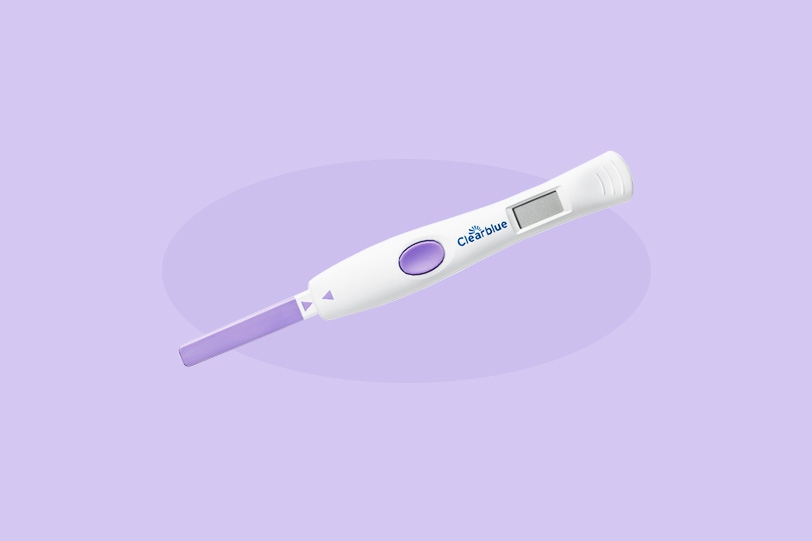The Revolutionary Value of Fertility Diagnostics
In the field of Assisted Reproductive Technology (ART), breakthroughs in fertility diagnostics are reshaping the landscape of infertility treatment. By integrating molecular biology, 3D imaging and genomic screening, modern diagnostic systems have realized a leap from traditional empirical medicine to precision medicine. In this article, we will systematically analyze the current mainstream female fertility diagnostic techniques and male fertility diagnostic techniques, and reveal their scientific principles and clinical application values.

Female Fertility Diagnostic Technology System
- Ovarian function dynamic evaluation technology
(1) Anti-Müllerian Hormone (AMH) test
As a “golden indicator” of ovarian reserve function, AMH test quantitatively evaluates the reserve of primitive follicular pool by electrochemiluminescence immunoassay (ECLIA). Clinical data show that AMH ≥1.5ng/ml indicates normal ovarian response, while <1.1ng/ml requires the initiation of ovarian function preservation program.
(2) Sinus follicle count (AFC) technique
Transvaginal three-dimensional ultrasound (3D-TVS) is performed on days 2-4 of the menstrual cycle, using Voluson E10 system equipped with SonoAVC automatic analysis module to accurately identify the number of follicles with a diameter of 2-9 mm. an AFC of less than 5 suggests a decline in ovarian reserve, and needs to be combined with the AMH test to formulate a plan for ovulation promotion.
- Tubal Patency Test
(1) Hysterosalpingography (HyCoSy)
HyCoSy utilizes a microbubble contrast agent (e.g., SonoVue) in combination with a GE Voluson E8 system to visualize the path of the contrast agent in real-time, three-dimensional imaging. This technique can identify subtle lesions such as canal stenosis (<1mm in diameter), diverticula and umbilical adhesions, with a diagnostic sensitivity of 92% and specificity of 88%.
(2) Laparoscopic Melanotomy
Under general anesthesia, a laparoscope is inserted through a 5mm Trocar to directly observe the morphology of the umbilical end of the fallopian tube and abdominal adhesions. Combined with hysteroscopy, the intrauterine environment can be evaluated synchronously and endometrial polyps and other lesions can be detected.

- Uterine Tolerance Analysis
(1) Endometrial Tolerance Microarray (ERA)
Endometrial tissue is collected on the 21st day of the menstrual cycle and transcriptome sequencing is performed using Norgen RNA extraction kit to analyze the expression profiles of 238 implantation-related genes. The testing cycle needs to be strictly synchronized with hormone level monitoring to ensure precise timing of endometrial transformation.
(2) Assessment of uterine artery blood flow resistance
Use color Doppler ultrasound (e.g. Siemens Acuson Sequoia) to measure the PI (pulsatility index) and RI (resistance index) of the spiral uterine arteries, PI>3.0 suggests hemodynamic abnormality, and low molecular heparin therapy is needed to improve the endothelial blood supply.
Technological Breakthroughs in Male Fertility Diagnostics
- Sperm DNA integrity testing
(1) Chromatin Diffusion Test (SCD)
Using the Halosperm® kit, sperm nuclear DNA is depolymerized by acid denaturation treatment, and the “comet-shaped” tail is observed under the microscope; a DNA fragmentation index (DFI) of >30% suggests that ICSI intervention is required, and testicular sperm retrieval is recommended when the DFI is >50%.
(2) TUNEL end-labeling method
Sperm nuclear DNA breakpoints are quantified under a confocal microscope using fluorescently labeled dUTP-terminal transferase. This method recognizes 8-OHdG damage caused by oxidative stress with a specificity of 95%.
- Ultrastructural analysis of spermatozoa
Transmission electron microscopy (TEM) allows observation of sperm acrosome reaction state, mitochondrial sheath arrangement and tail axoneme structure. Clinical data show that 90% of patients with deformed spermatozoa have abnormal acrosomal enzyme activity, requiring upstream methods to optimize sperm selection strategies.
- Y chromosome microdeletion screening
Based on PCR amplification technology, the three regions of AZFa/b/c are detected for deletion. patients with deletion of the AZFc region can have offspring through ICSI technology, while AZFa/b deletion requires the use of sperm donor program.
Examples of clinical applications of cutting-edge diagnostic techniques
- Genetic diagnosis of recurrent miscarriage
Comparative genomic hybridization microarray (CGH) is used to screen the whole chromosome set of embryos, which can identify 125 single gene disorders and aneuploidy abnormalities. Clinical data show that PGT-A technology has increased the live birth rate of patients with recurrent miscarriage from 35% to 68%.
- Individualized intervention for premature ovarian failure
For patients with AMH <0.5ng/ml, a microstimulation regimen (LE+FSH) combined with growth hormone pretreatment increased sinus follicle development rate by 40%. Combination of mitochondrial autophagy activators (e.g. Urolitins) improves oocyte quality.
- Microsurgical solutions for severe oligozoospermia
Percutaneous Epididymal Sperm Aspiration (PESA) in combination with intracytoplasmic sperm injection of monospermic spermatozoa (ICSI) has resulted in a 62% fertilization rate in azoospermic patients. Combined postoperative antioxidant therapy (vitamins C+E+coenzyme Q10) reduced DNA fragmentation rates.
Trends in diagnostic technology
Artificial intelligence-assisted interpretation: deep learning algorithms are 97% accurate in scoring embryo morphology (e.g. Vitrolife’s AI-Embryo system)
Liquid biopsy technology: non-invasive prenatal screening (NIPT) through circulating fetal DNA testing
Epigenetic regulation: embryo screening technology based on DNA methylation detection enters clinical trials
Kyrgyzstan Surrogacy Agency,Global IVF Hospitals,International Surrogate Mother Recruitment




